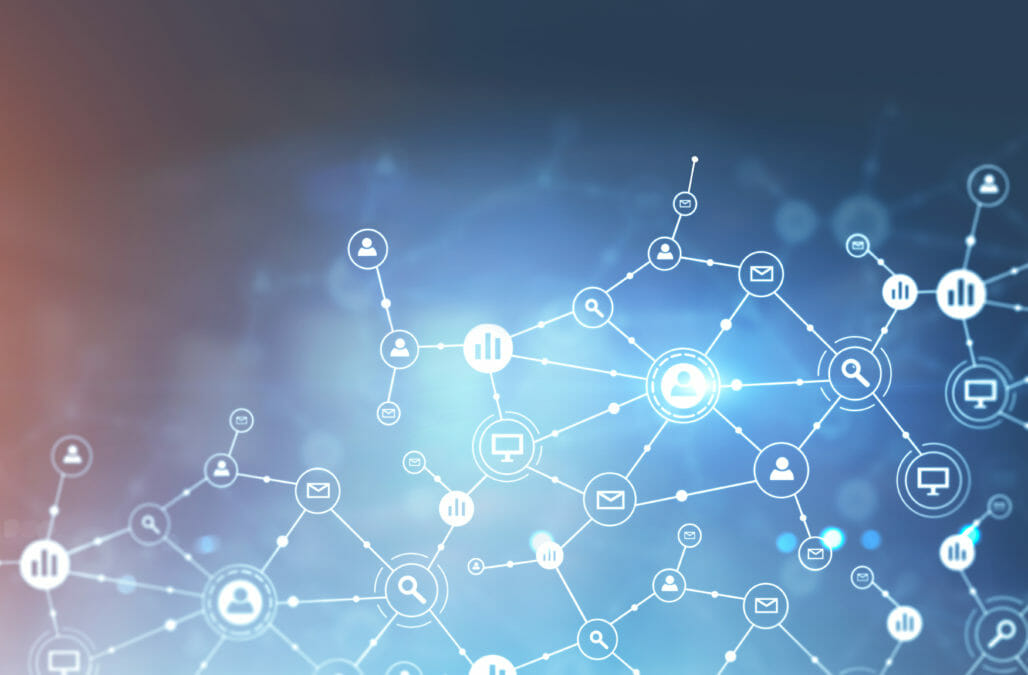As more edge devices proliferate different enterprise and IoT networks, it becomes increasingly important to secure and manage all of those devices. Without the ability to secure and manage edge devices easily, edge computing won’t be accessible to many of the industrial applications that it is most beneficial to.
The convergence of technology, especially mobility, must be secured
Securing the edge
How can organisations secure their edge devices, which allows enterprises to take steps towards the real-time and proactive management of applications?
From Nick Dawson‘s perspective (the global director, Knox strategy and business development, enterprise business team at Samsung Electronics), security needs to be embedded in the actual compliance. “It needs to be a fundamental part of the DNA of any given device,” he said.
However, there needs to be a mindset shift. Users and business partners tend to think of smartphones as the most important device that should be protected. But, in reality, a smart toaster of fish tank could provide a route in for hackers.
“Any appliance that is connected to a network must have security built into it,” Dawson continued.
This is one of three challenges when it comes to edge devices; do I trust it/is it secure? Can I manage it? Can I monitor it?
The fundamental point of edge is to enable device-to-device communication without a hub and spoke model. Why not compute out at the source, rather than in the cloud or data centre?
Managing edge devices
Edge devices (where data is processed at the source) have grown from the thousands, to the millions and now billions. And, organisations need a single pane of glass, or a unified platform to manage this growing number, whether that’s Android, iOS or Linux devices.
The challenges of managing these devices is “understanding the expectations of what I can do on an IoT device,” said Shash Anand, vice president of product strategy at SOTI Inc. “Some are limited in terms of their capabilities,” he explained, referring to devices that don’t have screens and might be unassuming in their importance.
Security is a great concern with IoT deployment, but what about edge security?
Managing edge devices means having visibility over every single device on the network, no matter how seemingly small or irrelevant. It means running “diagnostics, upgrading the firmware, getting information and insight analytics on all the devices so that you can upgrade them,” continued Anand.
“When we go out to different edge device types, there is a challenge of scalability because of all the terabytes of data being produced. That’s why we introduced things like XTreme Technology [part of SOTI ONE Platform], which can process all the data at the edge in minutes, autonomously, and provide real insights to the whole enterprise or business environment,” he said.
In this IoT world, it’s important to be able to secure, manage, monitor and automate responses at the edge
Monitoring the edge
As organisations see the proliferation of different types of devices, with more connected endpoints out there on the network, one of the challenges is being able to monitor it all — “how do I ensure that everything is doing what it’s supposed to do,” asked Dawson?
For large multinational companies, there are lots of individuals with different skill sets who can’t all be up 24 hours a day. It’s important, therefore, to build in an analytics capability into every device, on top of security, that can be managed on one platform or hub. The analytics capability can monitor how a device is interacting with a network, what’s the battery level, what are the data points from that device and much more.
Accessing the benefits of edge computing — a must for industry 4.0
Automated response at the edge
AI algorithms can then be run over those devices and the data they generate to create decision support tools to respond to what’s happening in the network — automatically. “These remediation possibilities can help the system self heal itself if there is a problem,” explained Dawson.
Related articles
Edge computing: The movement redefining cloud technology
Cloud, edge, and fog computing: understanding the practical application for each
Healthcare and edge computing: responsive healthcare
The continuing rise of mobile edge computing, 5G and IoT security, hot topics for 2019
Edge computing is the gateway to smart manufacturing
Moving from central to the edge: Is cloud decentralisation inevitable?







